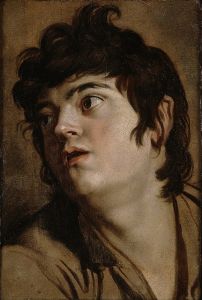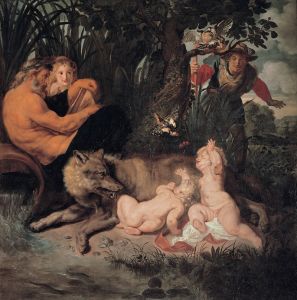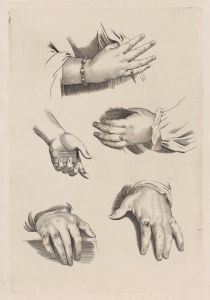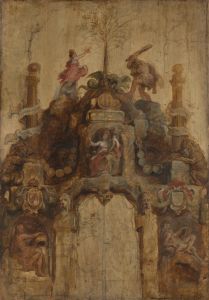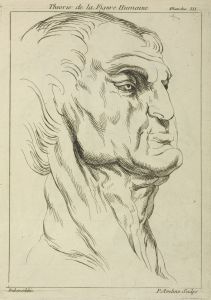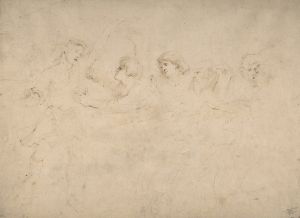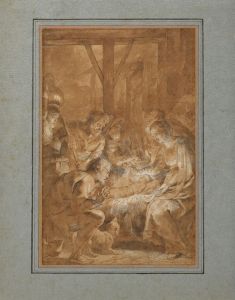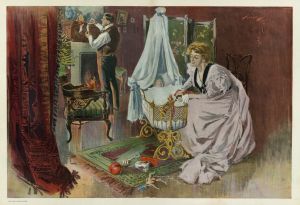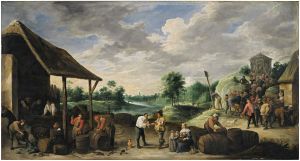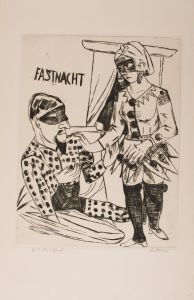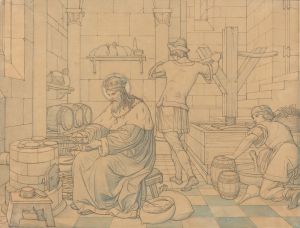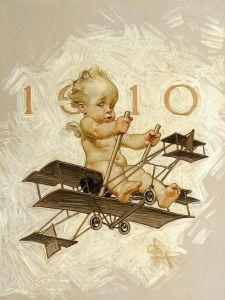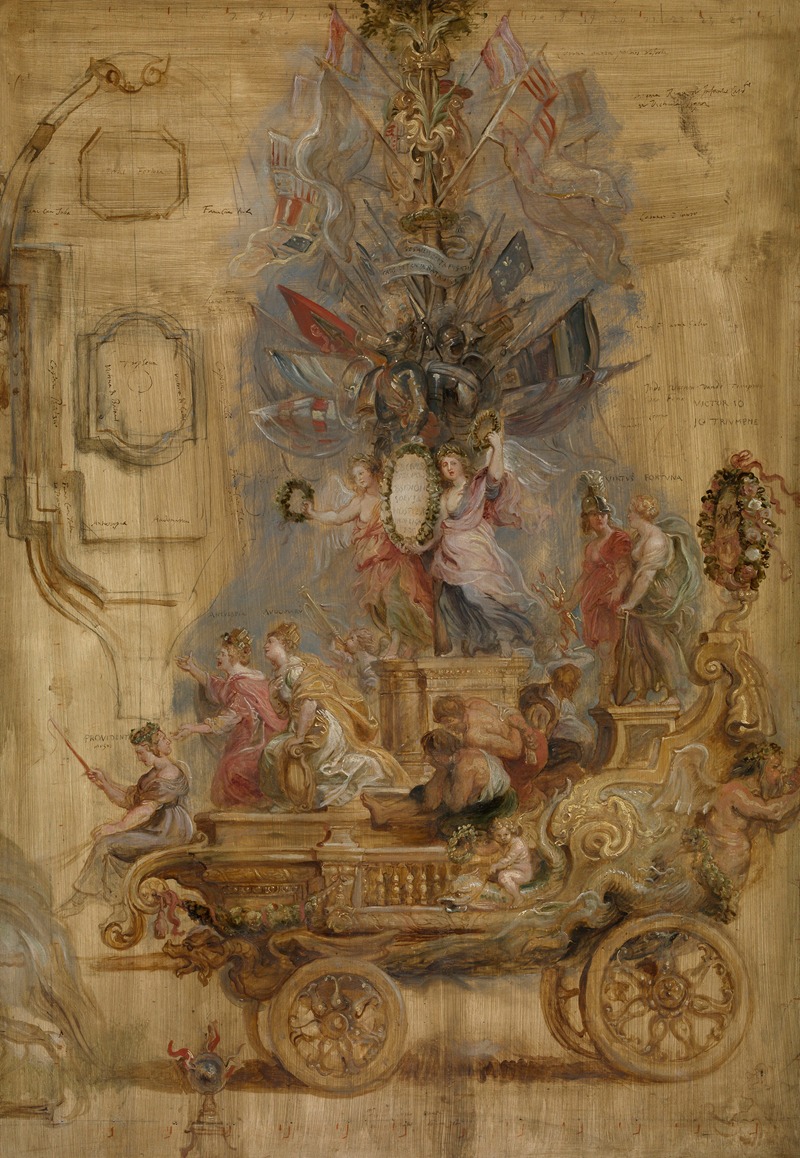
Triumphal Chariot of Kallo
A hand-painted replica of Peter Paul Rubens’s masterpiece Triumphal Chariot of Kallo, meticulously crafted by professional artists to capture the true essence of the original. Each piece is created with museum-quality canvas and rare mineral pigments, carefully painted by experienced artists with delicate brushstrokes and rich, layered colors to perfectly recreate the texture of the original artwork. Unlike machine-printed reproductions, this hand-painted version brings the painting to life, infused with the artist’s emotions and skill in every stroke. Whether for personal collection or home decoration, it instantly elevates the artistic atmosphere of any space.
The "Triumphal Chariot of Kallo" is a painting by the renowned Flemish artist Peter Paul Rubens, created in the early 17th century. Rubens, a master of the Baroque style, is celebrated for his dynamic compositions, vibrant color palette, and dramatic use of light and shadow. This particular work is a testament to his skill in capturing historical and allegorical themes with grandeur and vitality.
The painting was commissioned to commemorate the Siege of Kallo, a military engagement that took place in 1638 during the Eighty Years' War, a protracted conflict between Spain and the Dutch Republic. The Siege of Kallo was a significant event, as it was part of the larger struggle for control over the Southern Netherlands. The painting celebrates the Spanish victory over the Dutch forces, highlighting the triumph of the Spanish army.
In "Triumphal Chariot of Kallo," Rubens employs his characteristic Baroque style to convey a sense of movement and energy. The composition is filled with figures, each meticulously rendered to contribute to the overall narrative of victory and celebration. The central focus of the painting is a grand chariot, symbolizing triumph and power, which is a common motif in Baroque art used to depict victorious leaders and events.
Rubens' use of color in this painting is particularly noteworthy. He employs a rich palette to enhance the sense of opulence and grandeur associated with the triumphal theme. The figures are adorned in luxurious garments, and the chariot itself is depicted with intricate details, emphasizing the wealth and power of the victors. The artist's skillful use of light and shadow adds depth to the composition, guiding the viewer's eye across the scene and highlighting key elements of the narrative.
The painting also reflects Rubens' deep understanding of classical mythology and allegory. He often incorporated mythological references into his works to add layers of meaning and to appeal to the educated viewers of his time. In "Triumphal Chariot of Kallo," the figures and symbols may draw from classical sources to enhance the allegorical message of victory and divine favor.
Rubens' ability to blend historical events with allegorical and mythological elements made his works particularly appealing to his patrons, who were often members of the European aristocracy and the Catholic Church. His paintings not only served as decorative pieces but also as powerful political and religious statements.
Today, "Triumphal Chariot of Kallo" is recognized as an important work within Rubens' oeuvre, showcasing his mastery of the Baroque style and his ability to convey complex narratives through art. The painting remains a valuable piece for understanding the cultural and historical context of the 17th century, as well as Rubens' significant contribution to the art world.







